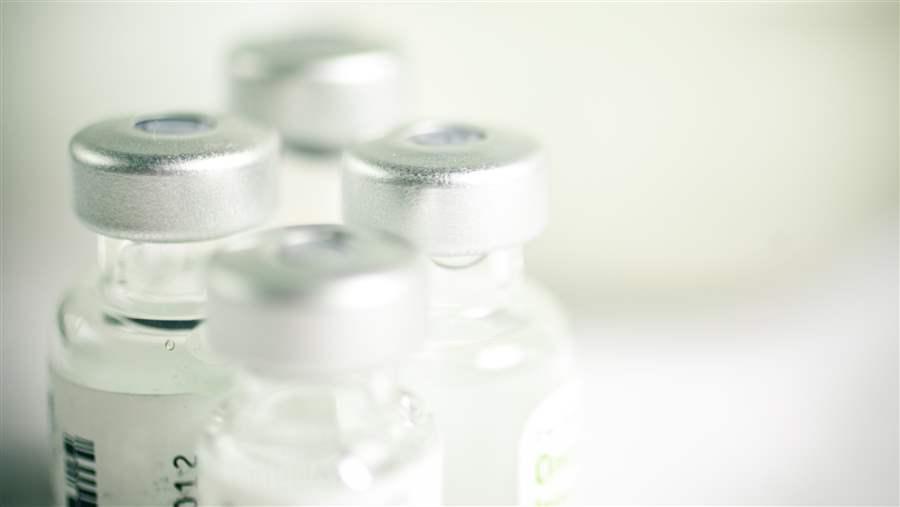5 Alternatives to Antibiotics in Food Animals
Promising products can help prevent disease, reduce antibiotic use

Alternatives to antibiotics are important for curbing the need to use these drugs in food animals and should be part of a comprehensive health management program.
© iStock
This week the World Organization for Animal Health (OIE) and the U.S. Department of Agriculture co-hosted a symposium to discuss alternatives to antibiotics in food animal production. Leading experts in animal agricultural research highlighted scientific and technological advances aimed at reducing the need for and use of antibiotics in food animals. This meeting comes at a key time as a growing number of food companies are trying to reduce their antibiotic use, and the use of these drugs for growth promotion purposes will be illegal in the U.S. as of January 2017.
Because the use of antibiotics in any setting drives resistance, minimizing inappropriate or unnecessary use wherever possible should be a top priority for human and veterinary medicine. Alternatives to antibiotics are important for curbing the need to use these drugs in food animals and should be part of a comprehensive health management program. Research into alternative interventions for infection prevention, disease treatment, and growth promotion has yielded some encouraging results. Several commercial operations already successfully utilize certain alternative approaches, highlighting their practical value.
However, further research is needed to overcome scientific and practical hurdles and better understand the biology behind these products. Not all alternatives work in all species, and the efficacy of these products varies considerably and can be affected by external factors such as weather or feed composition. Early next year, Pew will release an in-depth report that evaluates alternatives to antibiotics, including opportunities and challenges for their commercial use. Below are five examples of promising alternative products with an emphasis on disease prevention that were discussed at the meeting, listed in alphabetical order. This list is not intended to be comprehensive; it offers snapshots of some particularly promising approaches already in commercial use.
- Immune modulators stimulate the immune system to enhance its overall functioning, making them effective against a broad range of pathogens. For example, the U.S. Food and Drug Administration recently granted approval for an immune modulator to reduce infection in dairy cows.
- Phages are viruses that infect and kill bacteria, and can be used in a highly targeted way against specific bacterial strains. FDA has already approved use of these products, for instance as antimicrobial agents against foodborne pathogens on meat, with other uses currently being developed, for example, to prevent udder infections in dairy cows.
- Phytochemicals are plant-derived compounds, such as essential oils, that may have antibacterial and growth-promoting effects. Major chicken production companies already use herbs such as oregano and thyme to keep their animals healthy.
- Probiotics are live bacterial cultures from microorganisms, such as yeast, fungi, and bacteria, which are added to an animal’s diet to improve the balance of microorganisms; this helps control “bad” bacteria and creates a favorable environment in the gut. These cultures can effectively prevent disease in multiple food animal species: More than 1 in 4 large cattle feedlots use them, for example. Probiotics have the added benefit of promoting growth in all major food animal species as well.
- Vaccines are widely used in veterinary medicine to prevent diseases caused by viruses or certain bacteria, and they can also have additional benefit such as enhancing animal productivity. Vaccines are among the most promising alternative approaches to control a host of respiratory and digestive diseases, as well as a number of other health problems.
Sustainable reductions in antibiotic use will depend on research that develops efficient, safe, and cost-effective alternatives that can be incorporated into comprehensive herd or flock health management programs.
Karin Hoelzer works on The Pew Charitable Trusts’ safe food and antibiotic resistance projects and is a veterinarian by training.








